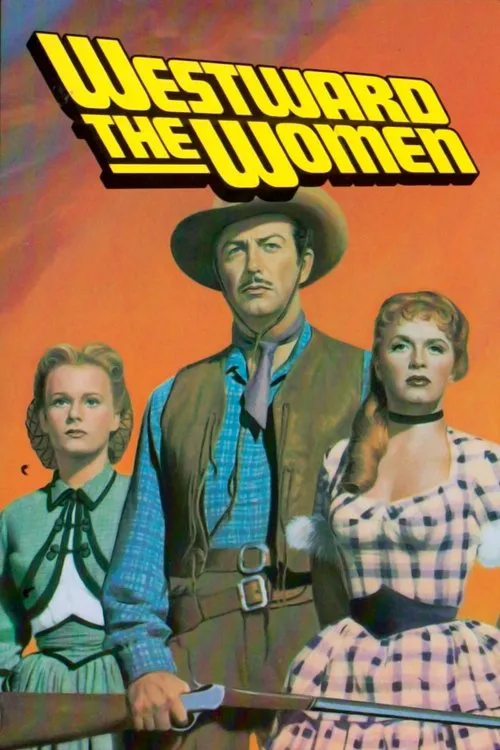Westward the Women

Plot
In the 1950s, the idea of mail-order brides and the westward expansion of the United States were closely tied. Many men, particularly those working in the rugged and unforgiving frontier, found themselves without the support and companionship of women. As a result, the notion of bringing women out to join them in their endeavors was born. Westward the Women, directed by William A. Wellman and released in 1951, explores this very concept. Roy Whitman, a kind-hearted and ambitious entrepreneur, aims to bring 120 women from Chicago to California. His vision for a community of families and a more balanced society is admirable, though his methods draw scrutiny. To oversee the perilous journey across the harsh wilderness, Whitman hires Buck Wyatt, a man known for his harsh demeanor and rugged, if not unlikable, personality. Given the treacherous terrain and unpredictable nature of the American West, Whitman believes an experienced guide such as Wyatt is necessary to ensure the women's safety. At the start, Buck seems like the perfect candidate for the job. He's tough, no-nonsense, and has faced many dangers in the vast expanse of the frontier. However, as he gets to know the women and begins to understand their individual stories, personalities, and motivations, he starts to soften. Perhaps it's the presence of Emily, who's not only a beautiful woman but also a strong-willed and independent individual; or Rachel, who's haunted by a tragic past; or Sarah, who's determined to make the most of her second chance at life. As the caravan makes its way out of Chicago and into the open plains, the harsh conditions of their journey become apparent. Sandstorms rage on, rivers need to be crossed, and disease spreads quickly among the group. The men face numerous challenges as well, from hostile Native American tribes to bandits on horseback. However, despite these dangers, the women, though initially frightened and often intimidated by Wyatt, eventually grow to admire and respect him. They learn to appreciate his skills as a guide and leader, particularly in times of crisis. As he struggles to keep the group safe and fed, Wyatt starts to see the women in a different light. He is forced to confront his own prejudices, realizing that these women, far from being fragile and meek, possess qualities he never thought he'd encounter on this trip: kindness, resilience, and genuine care for each other. Their experiences on the trail forge bonds of friendship among the women, and as they share stories of their pasts, hopes, and dreams for their futures, they grow more confident and self-assured. In contrast, Buck begins to question his initial skepticism about the women, questioning whether the difficulties he had assumed would be present are not only manageable but also outweighed by the resilience and strength that they exhibit. Throughout the film, well-known actors of that time period such as Robert Taylor and Barbara Stanwyck play key roles, bringing to life the characters that inhabit this fictionalized 1800s American West. Stanwyck, playing the complex Emily, effectively conveys the emotional depth that underlies her performance and adds emotional heft to her interactions with Buck. This portrayal not only captures the societal context of the period but also the universal human desire for understanding and connection. In Westward the Women, director William A. Wellman captures the American West as it is: rugged, harsh, but also resilient and full of beauty. The film humanizes the journey by emphasizing the women's experiences and struggles during a period when they were often portrayed as passive or weak in the literature and media of the time. Ultimately, the film is a testament to the human spirit's capacity for resilience and compassion, revealing the strength of the women as well as the depth of their emotions.
Reviews
Recommendations




